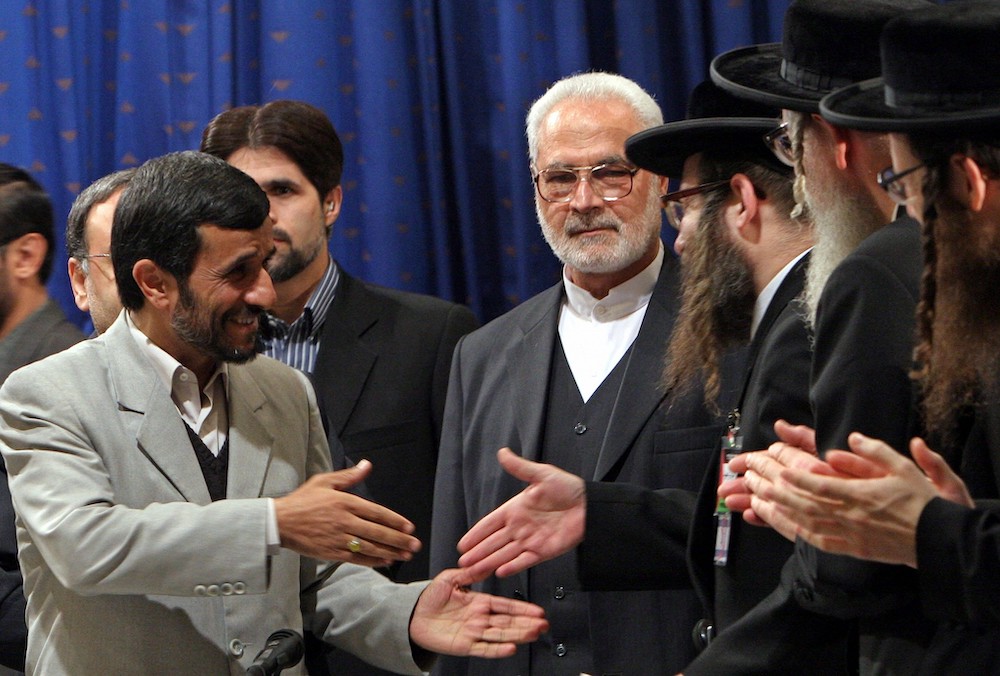The political scene in Iran took a dramatic turn as Mahmoud Ahmadinejad, the country’s controversial former president, threw his hat in the ring for the upcoming presidential election. This bold move comes after a tragic helicopter crash claimed the life of the current president, igniting a race for the top office.
Ahmadinejad, known for his defiant stance against Supreme Leader Ayatollah Ali Khamenei during his previous terms, faced a blockade from running in 2021. Now, he’s back, potentially shaking the foundations of Iranian politics once again.
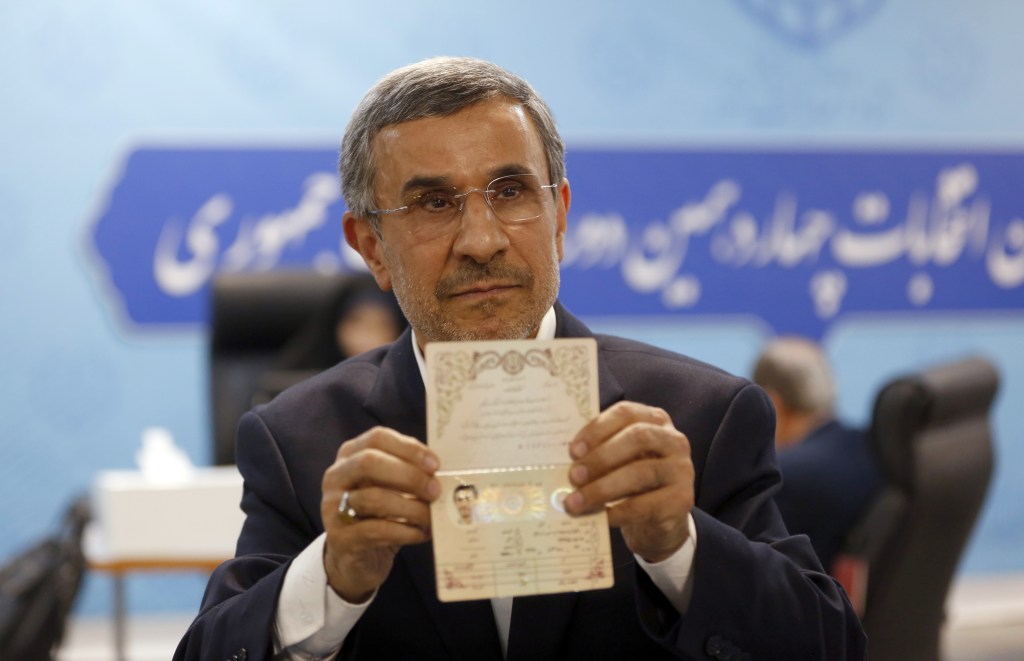
The former president’s re-entry occurs amidst escalating tensions with the West, as issues like Iran’s nuclear ambitions, its military support in global conflicts, and internal crackdowns on dissent make headlines. Moreover, Iran’s backing of militant groups in the Middle East, particularly noticeable as Yemen’s Houthi rebels launch attacks in the Red Sea, adds to the complexities of his candidacy.
After registering, Ahmadinejad promised a vision of “constructive engagement” with the world aimed at boosting Iran’s battered economy. “The economic, political, cultural, and security problems are beyond the situation in 2013,” he remarked, pointing to the worsening conditions since his departure from office.
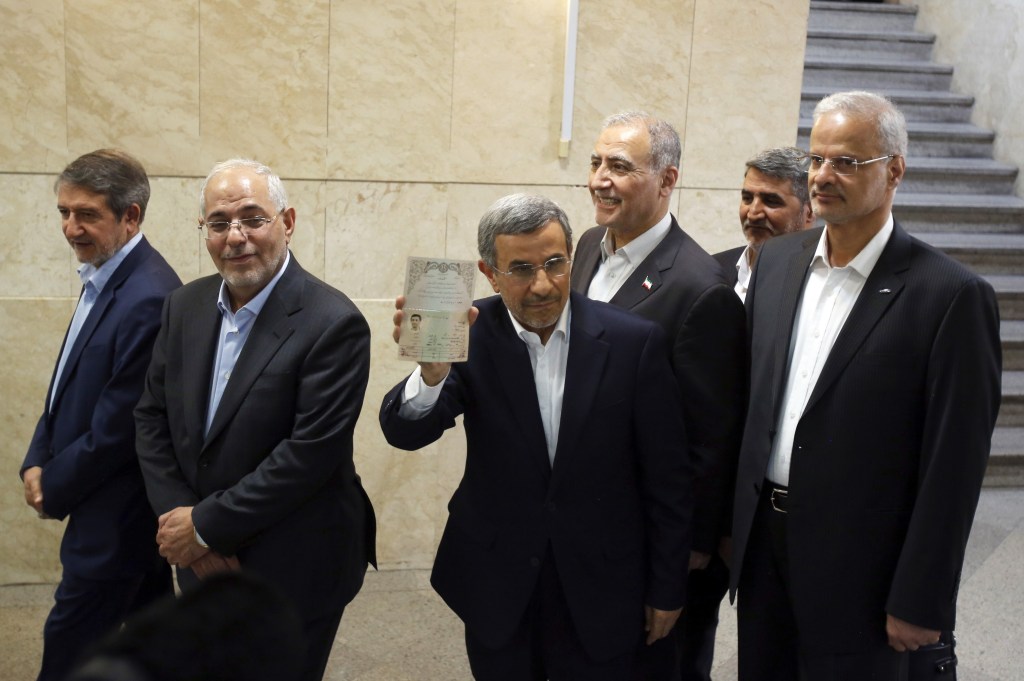
His registration event was a spectacle of support. Fans waving Iranian flags filled the air with chants, rallying around Ahmadinejad as he ascended the steps of Iran’s Interior Ministry, passport in hand, ready to face the cameras and formalize his candidacy.
The upcoming election, slated for June 28, follows the unexpected death of President Ebrahim Raisi in a helicopter crash this past May. The field of candidates includes familiar faces like former parliament speaker Ali Larijani and ex-Central Bank chief Abdolnasser Hemmati, along with new potential frontrunners such as acting president Mohammad Mokhber.
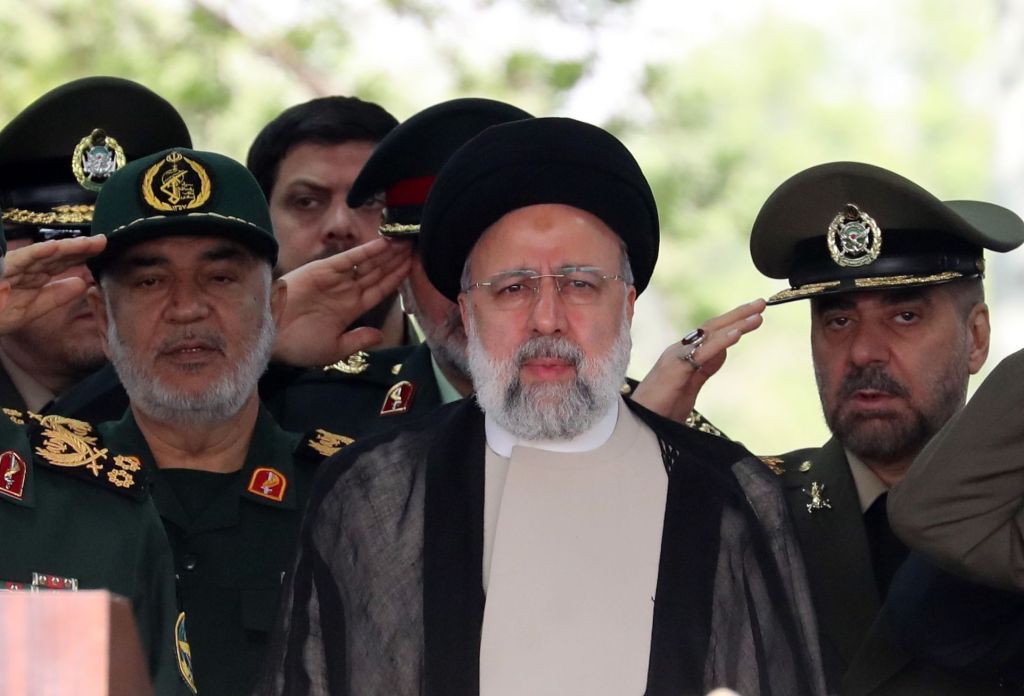
Speculation also surrounds other possible contenders like former reformist President Mohammad Khatami, though it remains uncertain if they will be permitted to run.
With registration closing soon, and the Guardian Council preparing to announce its approved list of candidates, the race is heating up. This shortened campaign period sets the stage for what could be a pivotal election in Iran’s tumultuous political landscape.
Despite facing criticism and being a divisive figure, Ahmadinejad’s previous terms were marked by populist measures and efforts to combat corruption, though not without controversy. His administration was tarnished by allegations of corruption, adding layers to his complex legacy. His last presidency was also mired in controversy after he questioned the Holocaust, insisted Iran had no gay or lesbian people, and hinted that Iran could build a nuclear weapon if it wanted to.
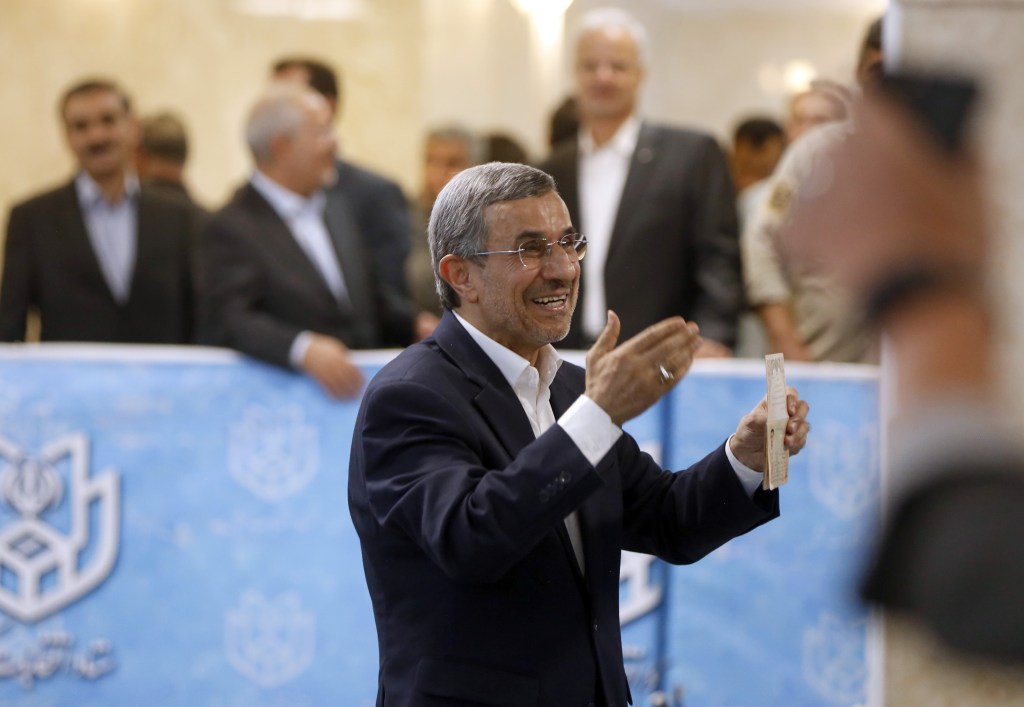
The power dynamics within Iran’s political hierarchy remain as unpredictable as ever, with Ahmadinejad’s latest bid for power poised to either reshape or reinforce them.

